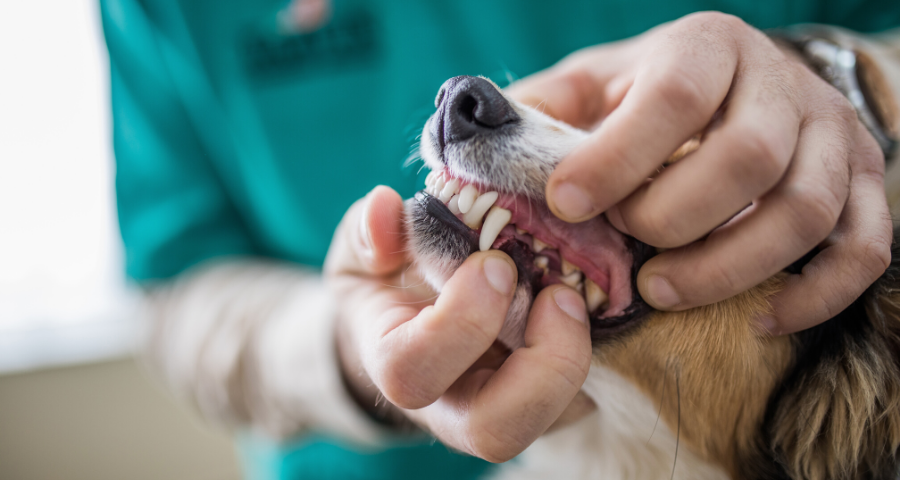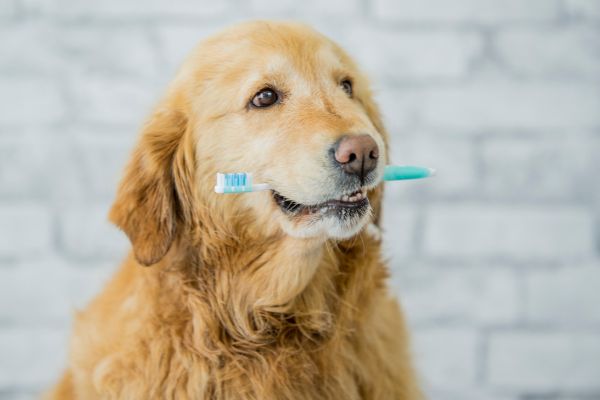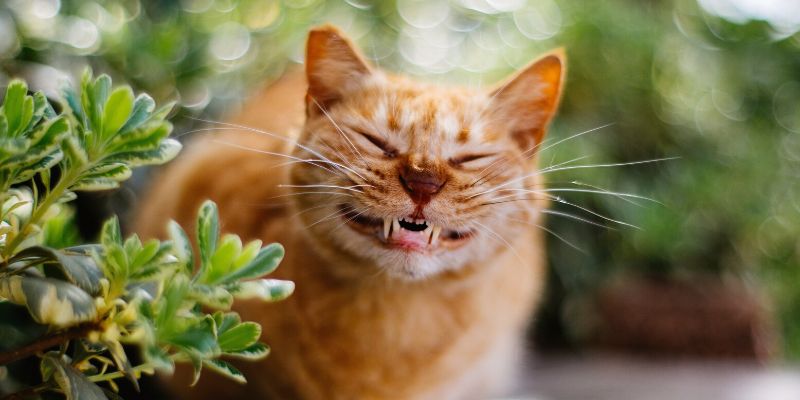Dentistry
Dentistry
What’s Involved in a Dental Procedure?
We take every step to ensure your pets procedure is thorough, safe, and as comfortable as possible. Every procedure includes:
• General anaesthetic for stress-free, comprehensive care
• Patient warming & IV fluids for safety and recovery
• Continuous monitoring by a trained veterinary nurse (O2, CO2, HR, BP, RR, temperature).
• Thorough oral exam- individual tooth assessments
• Dental x-rays (if needed) to check below the gumline
• Professional scale & polish
• Extractions,oral surgery and pain relief when required
Why it Matters:
Over 80% of pets over age 3 have dental disease — and it’s more than just bad
breath. If left untreated, it can lead to:
• Chronic pain and gum infections
• Bacteria entering the bloodstream, affecting vital organs
• Long-term impacts on your pet’s overall health and wellbeing.
Because pets often hide pain, dental disease may not be obvious until it’s
advanced.
✔️ Regular dental care helps:
• Relieve pain
• Prevent serious and costly issues
• Support a longer, healthier life
Pre anaesthetic Sceening:
Recommended even in young animals as it can be used to establish a normal baseline and can help uncover congenital abnormalities. Used to assess the function of your pets’ kidneys and liver as they are the organ responsible for filtering the medications used. If there is some disease there already an anaesthetic can compromise these organs further and potentially push them into renal failure. If you pet is found to have some renal disease we may alter the medications used or adjust our procedure plan. The blood test also checks your pets red and white blood cells for signs of infection or clotting deficiencies which again can alter the our procedure plan. Strongly recommended in cats and dogs over 7 years of age. The blood test will be done on the morning of the procedure prior to any medications being given.
Brachycephalic Breeds
Short nosed breeds (brachycephalics), such as Pugs/ French bulldogs, have a higher risk of regurgitating while under anaesthetic, as a result of their altered anatomy. While under anaesthesia, regurgitation can lead to burning the lining of the oesophagus. Inhalation of the regurgitated contents may also cause aspiration pneumonia (infection in the lungs). To avoid this happening and to improve your pets safety during a general anaesthesia, we recommend using medication to prevent vomiting, as well as antacids, before and after the procedure. Please speak to a veterinarian in order to determine if this precaution is necessary for your dog.



Highest Safety Precautions
As Malvern Vet Hospital is as an accredited veterinary clinic, we are able to boast an extremely high safety record because of the numerous safety protocols in place, such as:
- Pre-operative Opiate pain relief to ensure your pet is calm and comfortable – STANDARD care
- PLUS: Medication that stops pain at the level of the brain – STANDARD care
- PLUS: NSAID pain relief – STANDARD care
- PLUS: Take home NSAID pain relief – STANDARD care
- Heated operating table and patient warming – STANDARD care
- Heated recovery cages- STANDARD care
- IV fluids during GA- STANDARD care
- Onsite Pre-anaesthetic screening including comprehensive biochemistry panel AND comprehensive haematology panel – OPTIONAL care
- Multi-parameter anaesthetic monitoring throughout the anaesthesia including SPO2, CO2, heart rate, Blood pressure (MAP, SP & DP), temperature- STANDARD care
- Qualified theatre nurses trained in anaesthesiology monitoring each patient – STANDARD care
- High risk patient protocols (eg Brachycephalic protocols)
